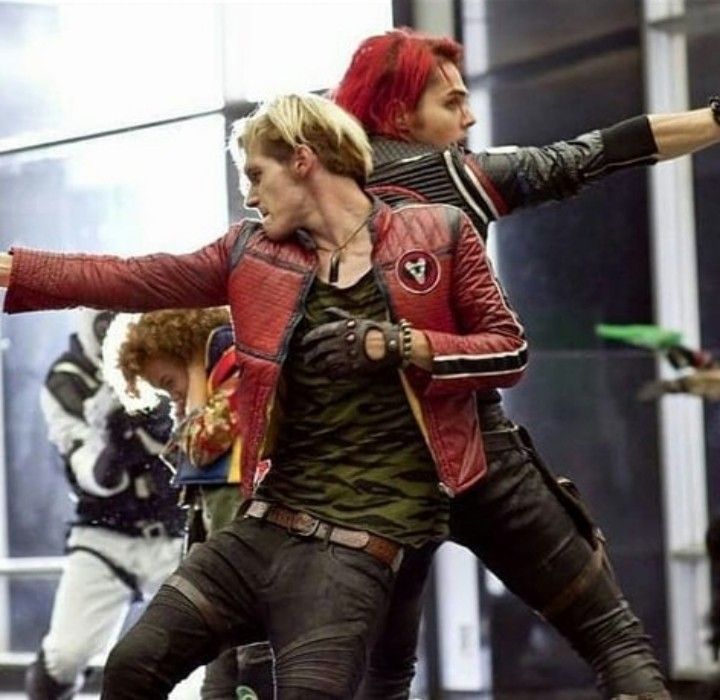P8 - Forces in balance
Cards (33)
- Scalar
- quantities that only have a magnitude
- Examples of scalars
- distance
- speed
- Vectors
- quantities that have direction and magnitude
- Examples of vectors
- velocity
- force
- Force
- a push or a pull on an object
- caused by an interaction with another object
- vector quantities
- Contact forces
- occur when two objects are touching each other
- Examples of contact forces
- friction
- air resistance
- tension
- normal contact force
- Non-contact forces
- act at a distance
- act without the two objects touching
- Examples of non-contact forces
- gravitational forces
- electrostatic forces
- magnetic forces
- When an object exerts a force on another object, it will experience an equal and opposite force
- Resultant forces
- the sum of the mangnitudes of the forces if they act in the same direction
- the difference between the magnitudes of the forces if they act in opposite directions
- If the resultant force on an object is 0, the forces are said to be balanced
- If the forces do not act along the same line, the resultant of the two forces can be found by making a scale drawing using a ruler and protractor
- Resultant forcesIf two or more forces act on an object along the same line, their effect if they were replaced with a single resultant force
- Gravity
- The force of gravity close to the Earth is due to the planet's gravitational field strength
- Weight
- the force acting on an object due to gravity
- Weight
- considered to act at the object's centre of mass
- can be measured using a calibrated spring-balance (netonmeter)
- weight (N) = mass (Kg) x gravitational field strength (N/Kg)
- Weight and mass
- weight and mass are directly proportional to each other
- if the mass of an object doubles, the weight of the object doubles
- Drawing forces
- Free body diagreams use arrows to show the forces acting on a single object
- A dot represent the object with arrows drawn around it
- the length of the arrow represents the magnitude
- the direction of the arrow shows the direction of the force
- Scale drawings
- used to find the resultant of the forces that are not acting along the same line
- the forces are drawn end to end
- the resultant is drawn between the two ends, forming a triangle
- Deformation
- A change in the shape of an object
- caused by stretching, compressing, bending or twisting
- More than one force has to act on a stationary object to deform it
- otherwise, the object would just move
- Elastic deformation
- the object can go back to its original shape and size when the forces are removed
- Inelastic deformationThe object does not go back to its original shape or size when the forces are removed
- force applied (N) = spring constant (N/m) x extension (m)
- Gradient of a graph of force against extensiongradient = spring constant
- Limit of proportionality
- the extension of an elastic object is directly proportional to the force
- as long as the limit of proportionality is not exceeded
- Elastic potential energy
- a force that stretches or compresses an object does work on it
- this causes energy to be transferred to the object's elastic potential store
- Resolving forces
- a single force can always be resolved into two component forces at right angles to each other
- the two component forces added together give the same effect as the single force
- Moments
- A force or system of forces that can cause an object to rotate
- The turning effect of a force is called the moment of the force
- If an object is balanced, the sum of the clockwise moments equals the sum of the anticlockwise moments
- moment of a force (Nm) = force (N) x distance (m)
- Levers and gears
- can be used to increase the moment of a force
- making it easier to lift or rotate an object
- LeverAllows a large moment of force to be produced by allowing force to be applied further from the pivot
